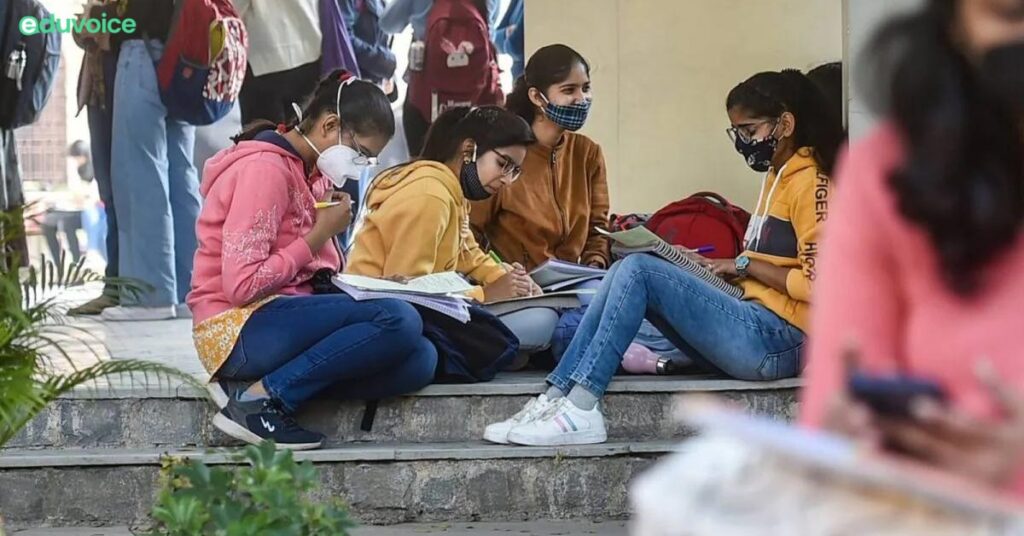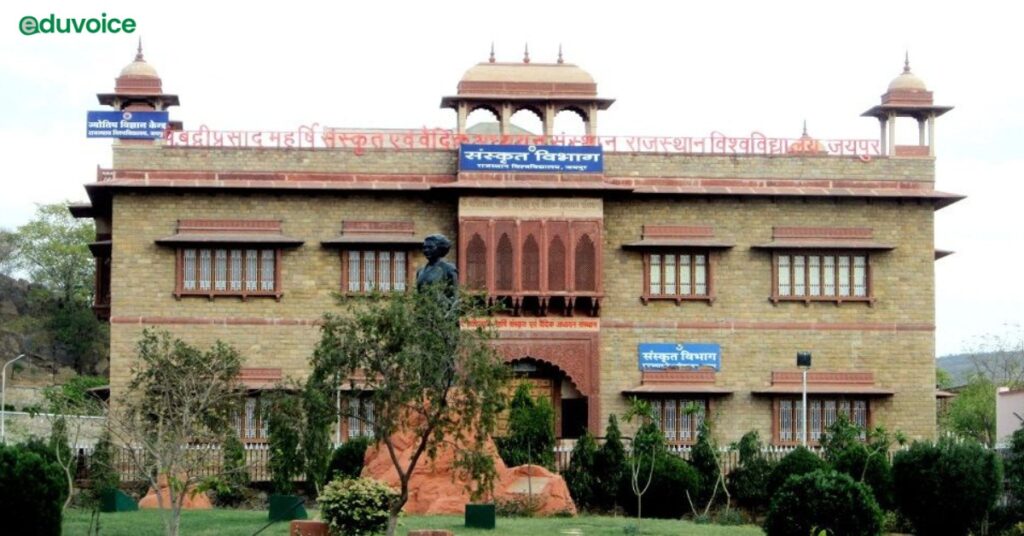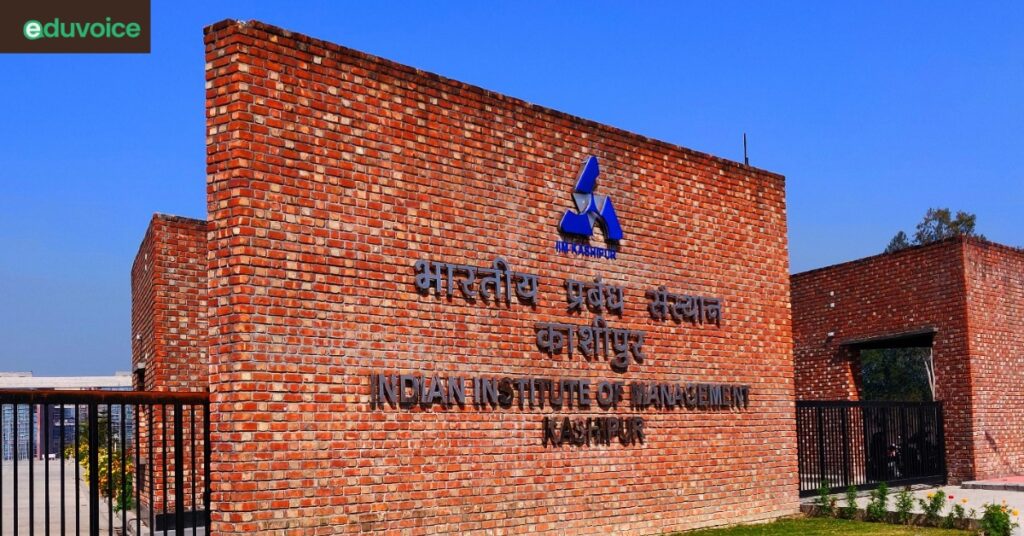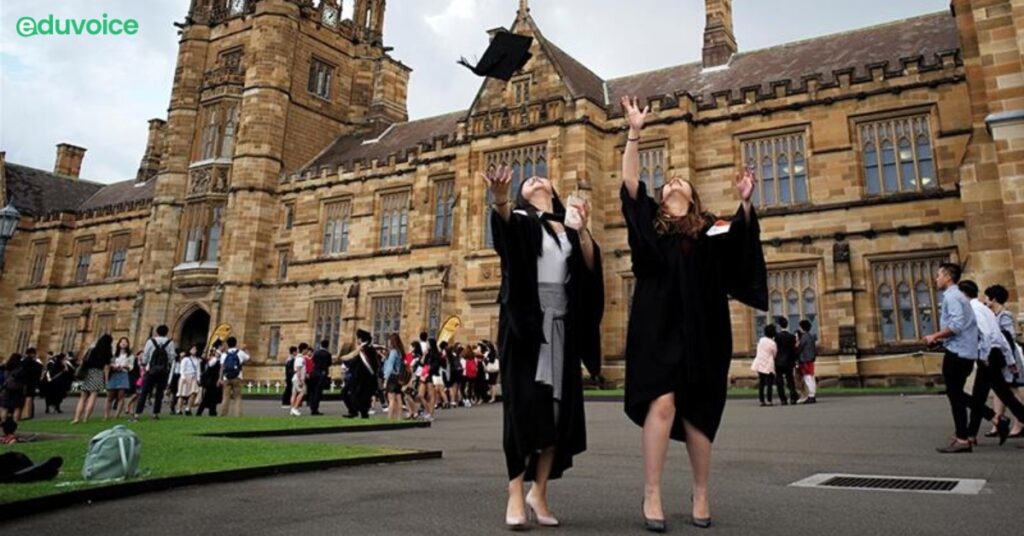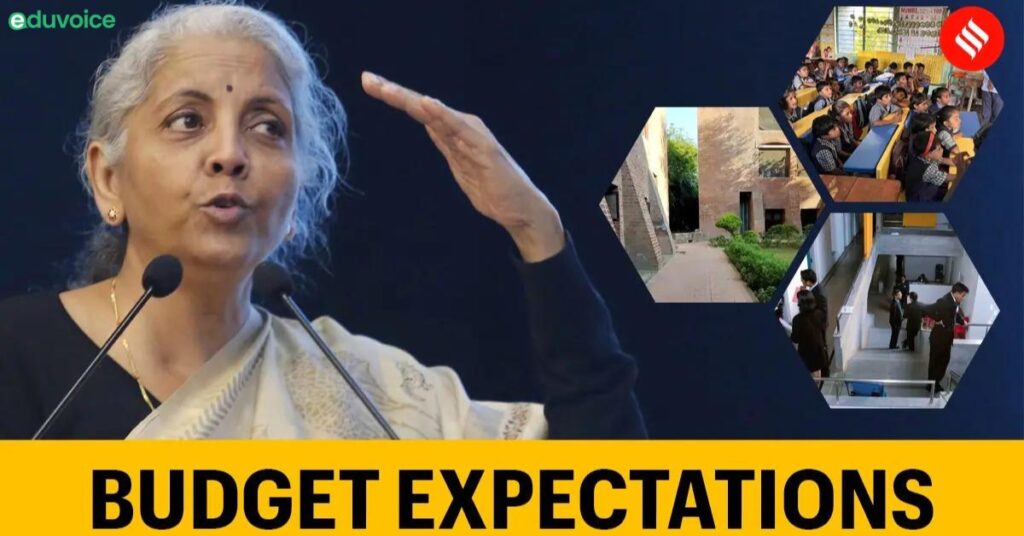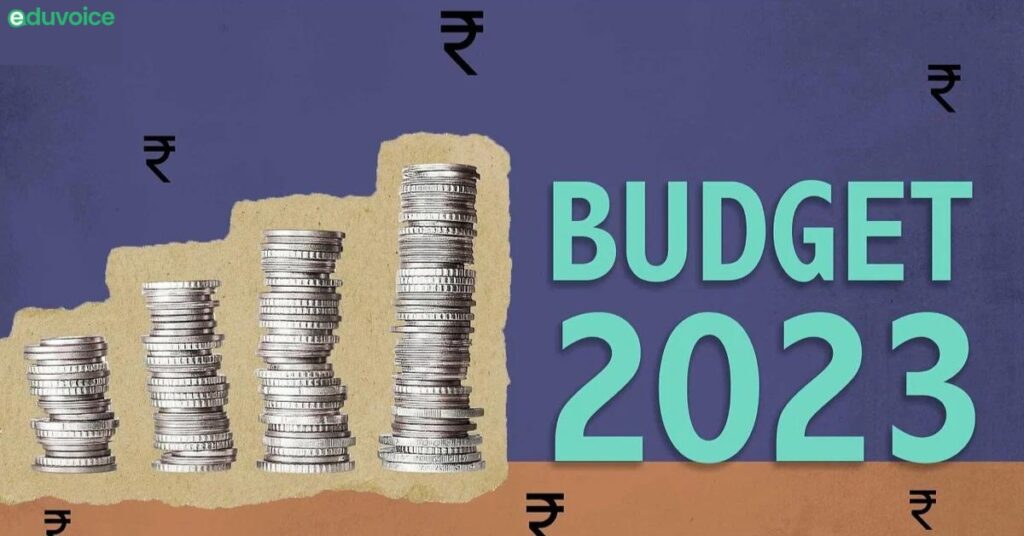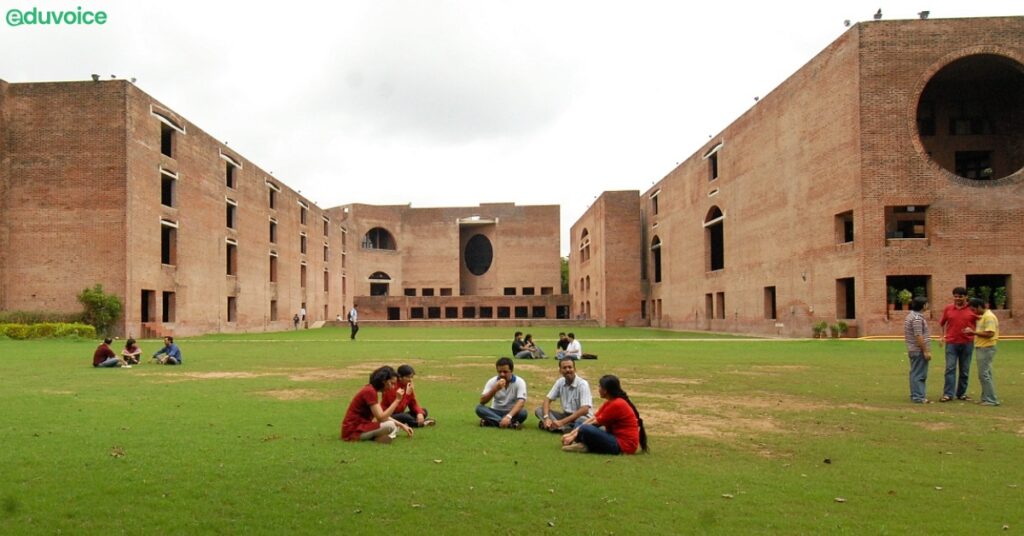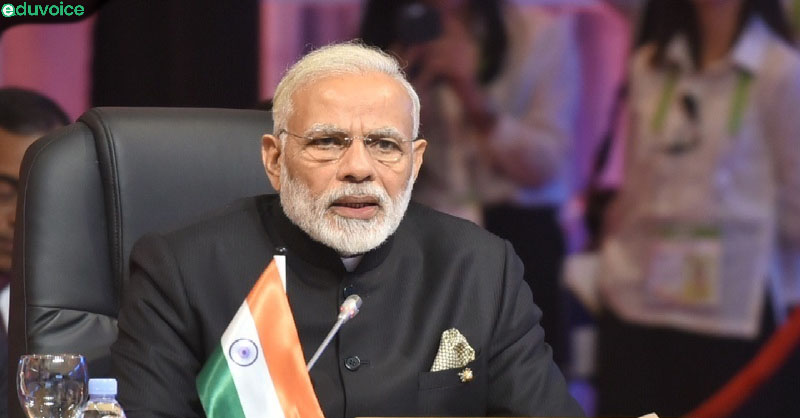Foreign University Campuses in India: According to the reports, India has witnessed a rise of 68% in the number of students who went abroad to pursue higher education, but no proposal on UGC’s draft has been made yet, the Minister of State (MoS) for Education Shubash Sarkar said. Read more details here Foreign University Campuses […]
Tag Archives: university
Universities of national importance have doubled in the country, and female enrolment has reached the two-crore mark, revealed the government’s All India Survey on Higher Education (AISHE) 2020-2021 on Sunday. The scenario in Maharashtra, however, is the opposite, with the number of universities of national importance reducing by one and female enrolment also dropping by […]
IITs, IIMs, and other deemed institutes are the backbone of the Indian education system. And we are proud of these institutions. But, there is one eye-opening news that you may want to focus on. The All India Survey On Higher Education (AISHE) Report is out and it has some intriguing news. The survey tells us […]
Indian Institute of Management Kashipur and TimesPro have announced the commencement of the admissions process for the second batch of the Executive Master of Business Administration (Analytics) [EMBA (Analytics)] to equip working professionals with skills that help them critically analyse data to improve business practices and optimise organisational processes. The two-year Executive MBA in Analytics […]
In line with the recommendations of the National Education Policy (NEP)-2020, the University Grants Commission (UGC) has initiated several measures for the internationalization of the higher education system in India. For the first time, foreign universities will be able to set up their campuses in India, after the UGC on Thursday cut the first turf […]
As the Union Budget 2023-24 will be presented on February 1, various stakeholders from the education sector share what are their budget expectations for this year.
With digitization becoming the norm in the post-pandemic era, India’s ed-tech sector is expecting to see increased consumer demand and new business models in the upcoming year.As more emphasis is placed on the importance of upskilling in keeping up with quickly increasing technological innovations across industries, edtech plays an important role in developing a skilled […]
Nearly 800,000 youngsters join foreign universities every year in search of quality education and entrepreneurial training, resulting in a massive outflow of resources – $3 billion – to finance their education.
The number of students registering for Prime Minister Narendra Modi’s interaction – “Pariksha pe Charcha” has grown tremendously over the years, Education Minister Dharmendra Pradhan said Tuesday.
The digitalisation of education in India has had a significant impact on higher education in recent years. With the rise of technology, online learning and digital resources have become increasingly accessible to students in India, providing them with new opportunities to access higher education.


